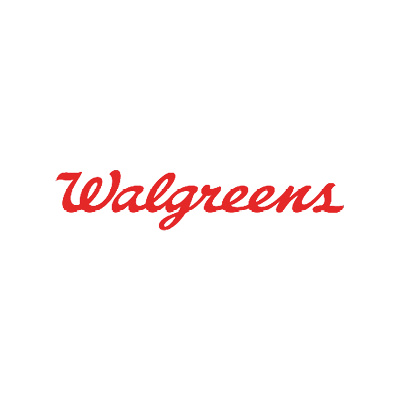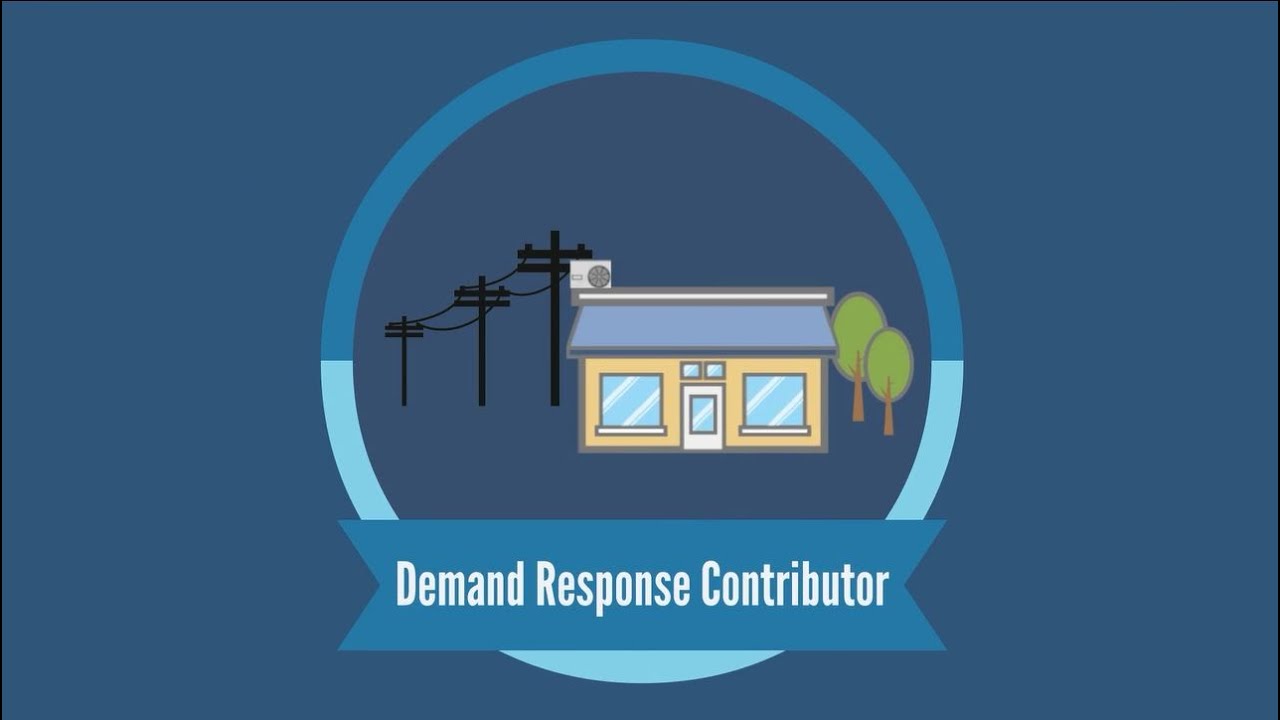Demand response helps utilities optimize their energy delivery and manage energy demand, thereby improving the reliability and efficiency of the grid. GridPoint provides automated demand response with customized load curtailment to minimize the impact on the business.
Understanding demand response isn’t always simple. In short, utilities are required to provide commercial, industrial, and residential energy consumers with reliable energy around the clock. To do so, utility companies look at trends in their service territories and work to match energy supply with the highest expected energy demand that might be needed at a given time. This usually means excess energy is available that isn’t used.
However, on very hot summer days or during an extreme winter storm, homeowners and businesses use more energy than usual to heat or cool their buildings, exhausting the available energy supplied by their utility, and putting stress on the grid. It is during these peak periods when the demand for energy exceeds a utility’s energy supply, which may cause severe electricity disruptions like brownouts and blackouts.
Many utilities have built specialized power plants, known as peaker plants, that are only called on occasionally when the grid approaches maximum capacity. Because these carbon intensive peaker plants are costly to build and operate, the power they supply is much more expensive than power supplied from standard power generation facilities. To combat this burgeoning issue, many utilities are increasingly using non-wire alternatives, like Demand Response, to better manage these short-term energy supply challenges.
Demand response refers to changes in electric usage by consumers in response to high-use periods to decrease demand on the grid and maintain electricity reliability.
Why should you love demand response?
On top of supporting energy reduction and stabilizing the grid, these programs are simple to participate in and consumers get paid for both participation and performance!
DR Programs
Demand response (demand management) programs are offered by many utilities for energy consumers to enroll in and receive money back for reducing their energy demand, at the utility’s request, during peak periods of demand and under-supply. Common examples of reduction include turning up the temperature on a thermostat to reduce the air conditioning load, turning off certain lights, or shifting the time of use of some energy-consuming devices out of the peak demand period. The load avoided for a single facility may be small, but when many customers participate, it creates a meaningful energy demand reduction for the utility.
Types of Demand Response
The way customers participate usually depends on the type of building they are enrolling in:
- Economic Demand Response – customers can get paid to participate in economic demand response programs
- Automated Emergency Demand Response – customers can work with a partner or aggregator to automate their participation. This approach applies to all building types ranging from residential to small commercial to large buildings, and enrollment, strategy development, event execution, and reporting are automated by the partner.
- Environmental Demand Response – customers can use operational flexibility to meet their sustainability goals by reducing energy when the grid is at its dirtiest and get paid or get the reduction certified as carbon offsets for a measurable reduction of their carbon footprint.

See How Walgreens Has Partnered with GridPoint to Provide Stability to the Grid with Demand Response
Common Misconceptions of Demand Response
FALSE: Participation in DR events means that customers must adjust their loads manually
The benefit of enrolling in DR programs through an aggregator partner is that the entire process can be automated. Once the customer agrees to enroll in the service, programs are automated, and the customer gets paid automatically for participating and performing during events.
FALSE: Participation in DR events will cause disruptions to business
Typical events are only between 2-4 hours and occur only a few times per year, so disruption to businesses is very minimal and offset by compensation. An established DR partner can help set up a strategy that works for your business, for example: excluding temperature critical areas of your facility in the curtailment strategy, having different strategies for dining vs kitchen areas, or curtailing only a portion of lights.
FALSE: Enrolling in DR events requires complex contracts & legal agreements
Demand response agreements between utilities and customers are not complex. If the customer chooses to work with a partner, the customer gives permission to utilities to interact with the partner on their behalf.
FALSE: Customers take on a financial risk by participating in DR programs
Many programs offered by utilities offer high rewards for participation. Some programs come with a performance expectation coupled with a financial penalty if performance goals are not met. Another advantage of working with an established partner is that many partners will absorb much of the financial risk, leaving the customer with significant upside value.
Demand response is not new, but it’s now gaining substantial traction and greater adoption as demand on the grid continues to increase across the globe, and new carbon-neutral technologies are emerging. These programs create a win for all; a win for the utility by ensuring adequate electricity supply and grid reliability, a win for the customer through new DR-enabled revenue streams, and a win for the environment by reducing energy consumption and the associated need for new carbon-intensive power generation facilities.
